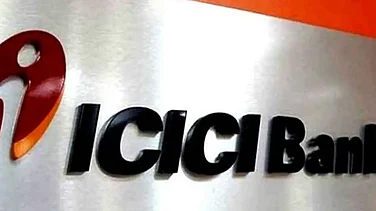India’s gross domestic product (GDP) is expected to grow at 5.5 per cent in FY21, marginally higher than the 5 per cent estimated by the National Statistical Office for the current fiscal, according to projections by Fitch Group’s India Ratings and Research (Ind-Ra). However, it warned that downside risks persist which may bring the growth levels down.
According to the rating agency, the current slowdown in the economy is due to several factors including an abrupt fall in lending by NBFCs close on the heels of a slowdown in bank lending, reduced income growth of households coupled with a fall in savings and higher leverage.
Advertisement
Devendra Pant, Chief Economist, Ind-Ra, said that the Indian economy is stuck in a phase of low consumption as well as low investment demand and hence a strong policy push coupled with some heavy lifting by the government is required to revive the domestic demand cycle and catapult the economy back into a high growth phase. He added that while there has been some policy response by the government but data has shown that it has been unable to revive the economy.
Sunil Kumar Sinha, Principal Economist, Ind-Ra, said that all eyes are on the forthcoming union budget. Ind-Ra expects the shortfall in the tax plus non-tax revenue to result in the fiscal deficit slipping to 3.6 per cent of GDP, against budgeted 3.3 per cent, in FY20, even after accounting for the surplus transferred by the RBI.
Advertisement
He said that the focus of expenditure has to be on creating direct employment and putting more money in the pockets of the people at the bottom of the pyramid.
“Since their marginal propensity to consume is close to one, they are likely to spend what they receive. This will support consumption demand. Therefore, budgetary allocation to heads such as rural infrastructure, road construction, affordable housing, and MNREGA must be prioritised and allocation for non-merit subsidy and expenditure less critical for growth be rationalized,” Sinha said.
He added that despite the fiscal constraints, the government has not shied away from infrastructure spending in the past and even resorted to funding them through extra-budgetary resources.
“We believe that the government will continue to focus on infrastructure spending and leverage all possible options - budget, off-budget including National Infrastructure Investment Fund. Also, since a larger part of the government capex now takes place at the state government level, it will be important to keep a tab on the state government capex as well,” he explained.















 Just one email a week
Just one email a week